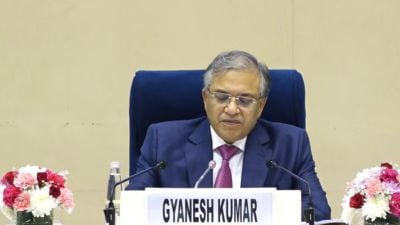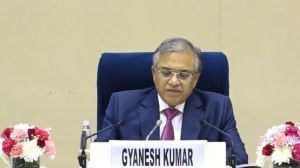Budgeting for a safer railway
The rail budget will be presented today. Will it makes amends for the callous neglect of safety considerations that has marked railway budge...

The rail budget will be presented today. Will it makes amends for the callous neglect of safety considerations that has marked railway budgeting? There is no dearth of recommendations on this score. But implementation has been extremely slow thanks to a severe lack of funds and the requisite will. It will help if all the accepted recommendations are fully financed with non-lapsable funds and set on a firm time schedule with definite benchmarks.
A permanent structure to look after safety already exists: the Railway Safety Commissionerate. To ensure independence, it comes under the ministry of civil aviation. This institution needs to be further strengthened.
The Justice H.R Khanna Safety Committee (2001), of which I was a member, had stated that if it were to make one recommendation it would be for a bimonthly review of safety projects, jointly with the Railway Safety Commission — at the Board, Railway and Division levels. This is a step that costs nothing.
The maximum passenger deaths/injuries takes place in collisions. There are two ways to avoid them: the hi-tech option, like the Delhi Metro, which costs Rs 10 crore per km and the Accident Control Device, developed by the Konkan Railway, which costs around Rs 5-6 lakh per km. For the entire railways the cost of the second system would be around Rs 2,000 crore and it can be implemented in a couple of years. This system will be installed on the broad gauge portion of the North Frontier Railway by March ’05. It is totally free of human input and is therefore safe. It entails continuous data transfer with automatic braking systems.
All that is now needed is a firm decision to complete this project in the next two years by finding the funds from the various non-renumerative projects or even from the Safety Fund. It needs to be realised that as long as we do not reduce the human factor, accidents will continue to occur.
While the above action will prevent collisions it does not address derailments, another major cause of passenger deaths/injuries. Derailments can be drastically reduced by: one, installing a defective rolling stock locating device at many locations. The device is cheap at around Rs 1 crore per location and we may not need more than a 100 or so of them. Two, by lubricating the gauge face of rails by small machines pushed manually on track. These will prevent wheels from “mounting”, a process that takes place before a derailment. Lubrication could be introduced in one year at a cost of Rs 100 crore and would usefully employ the older gangmen who are unable to do more strenuous work. It can also be done by lubricators mounted on engines. Only properly planned action and financing can reduce accidents and here’s hoping that the new rail budget will reflect this.
The writer, a former general manager of the Railways, was a member of the Justice H.R Khanna Railway Safety Committee



- 01
- 02
- 03
- 04
- 05




























